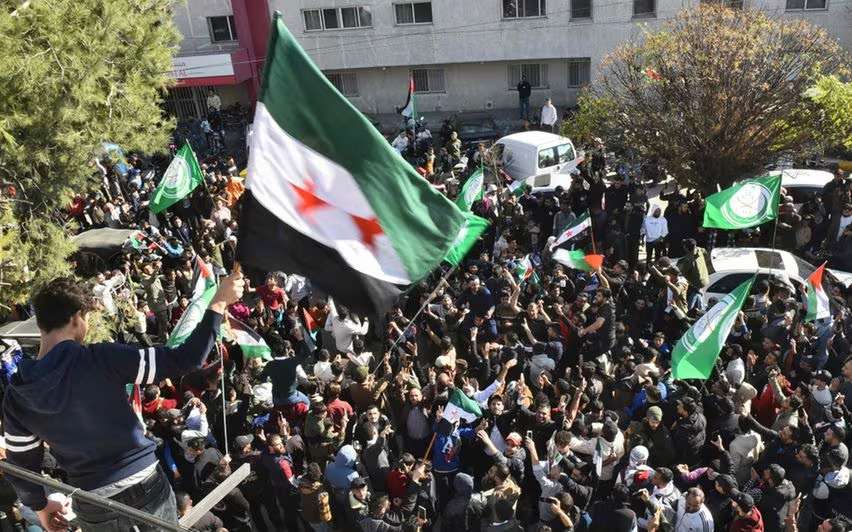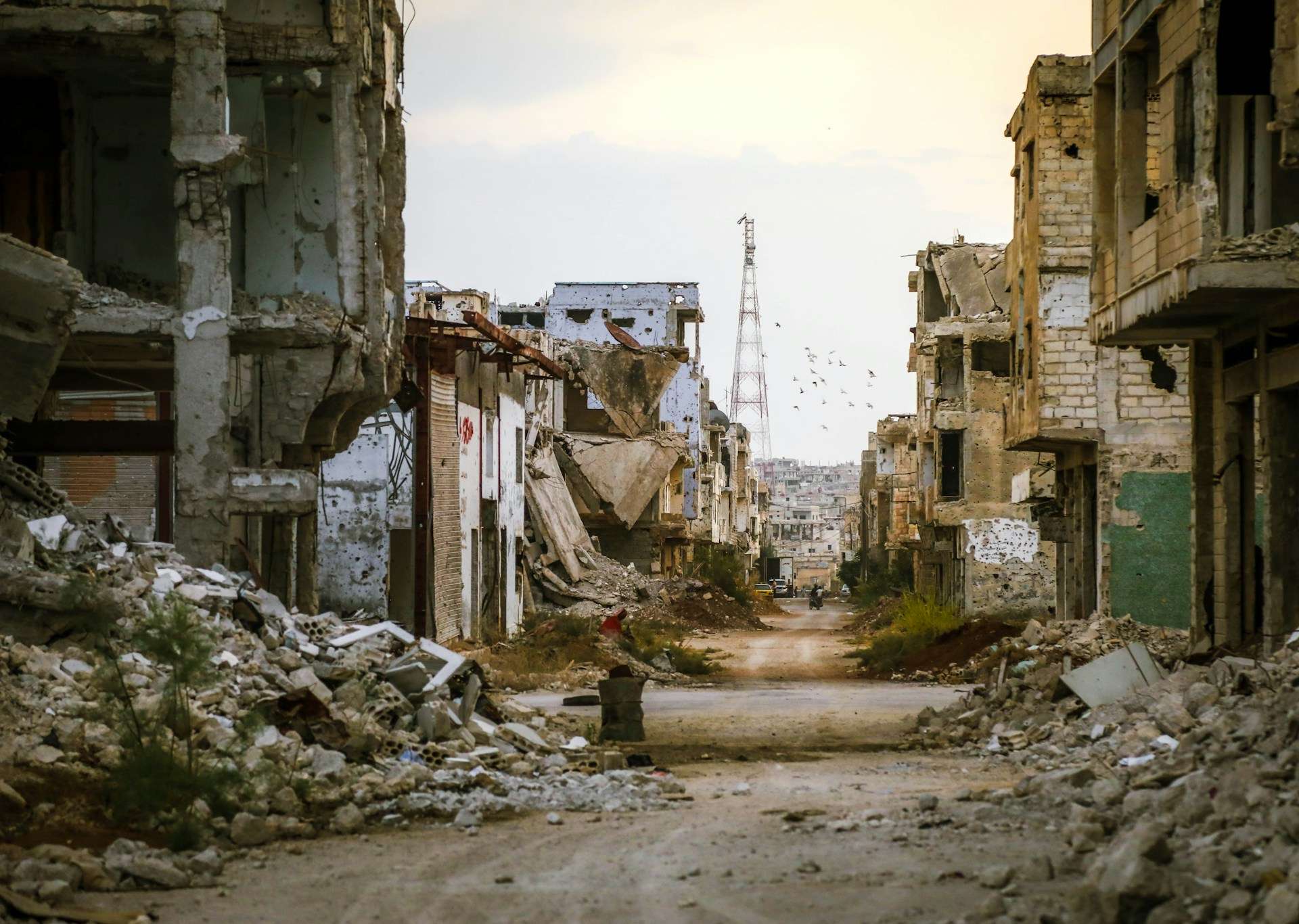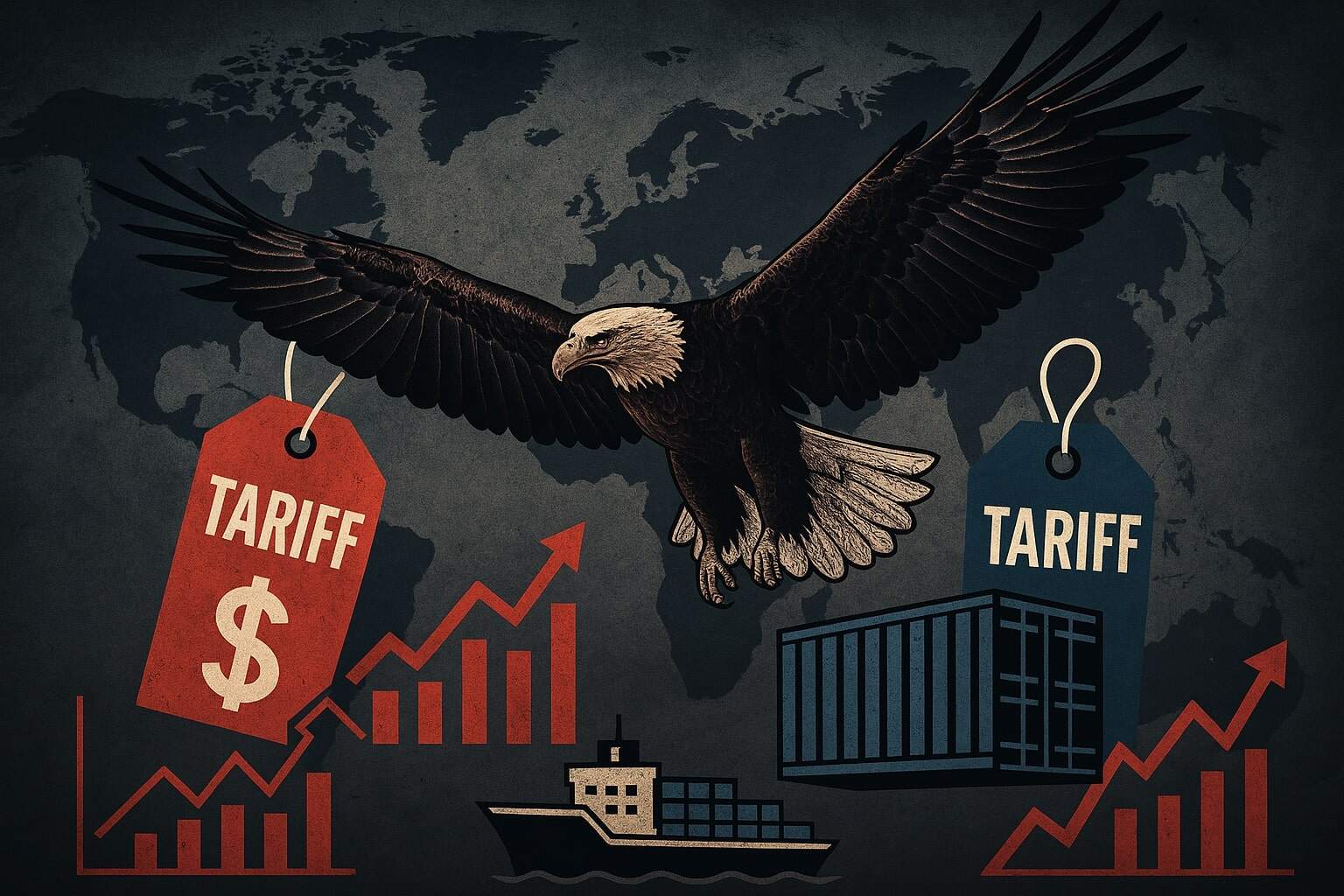The Syrian crisis, a tragic tale that began with hope and defiance, has transformed into one of history’s most devastating human catastrophes. What started as a cry for democracy in the spring of 2011 has spiraled into a saga of relentless violence, mass displacement, and geopolitical maneuvering. At the heart of this decade-long conflict is the figure of Bashar al-Assad, a leader whose survival against overwhelming odds has come at an unimaginable cost to his people and his nation.

The Spark of Rebellion
The story begins in March 2011, when the winds of the Arab Spring swept into Syria. In small towns like Daraa, citizens marched peacefully, calling for political reforms, the release of political prisoners, and freedom from decades of authoritarian rule. Their demands, though modest, were met with bullets, mass arrests, and brutal crackdowns.
This repression ignited a wildfire. Protests erupted across the country, turning a movement for reform into a full-blown revolution. As the regime’s violence escalated, armed opposition groups emerged, seeking to topple Assad and his ruling elite. What could have been a domestic struggle evolved rapidly into a proxy war, with foreign powers fueling the flames of conflict.
A Nation at War
Syria became a chessboard for global powers. The United States, Gulf nations, and Turkey supported various rebel factions, while Russia and Iran threw their weight behind Assad. The rise of ISIS added a terrifying new dimension, with the extremist group carving out vast swathes of territory and drawing international intervention. Syrian civilians, caught between the crossfire of competing interests, bore the brunt of the violence.
Cities like Aleppo and Raqqa became symbols of destruction, reduced to rubble by relentless airstrikes and sieges. Hospitals were bombed, schools shuttered, and entire neighborhoods wiped off the map. By 2024, the conflict had claimed over 500,000 lives, displaced more than 12 million people, and left the country’s infrastructure in shambles.
The Regime’s Survival
Assad’s survival, while remarkable, is also a testament to the lengths his allies went to protect him. Russia’s 2015 military intervention shifted the tide of war, providing Assad with airpower and precision strikes that decimated opposition forces. Iran, too, played a pivotal role, sending fighters, funds, and weaponry to secure the regime’s grip. Hezbollah’s involvement further bolstered Assad’s position, turning the war into a regional conflict.
Yet, this victory came with a steep price. Entire regions fell into economic collapse, and Syrians faced starvation, unemployment, and spiraling inflation. The regime’s reliance on external powers exposed its fragility, with Assad governing a fractured nation teetering on the brink of chaos.
Signs of Decline
In recent years, cracks have emerged in Assad’s seemingly impenetrable fortress. Syria’s economy is in free fall, with the currency plummeting and essential goods becoming unaffordable for most citizens. Protests have erupted even in traditionally loyal areas, including the Druze-majority region of Suwayda. Corruption and infighting plague the regime’s inner circle, while Russia and Iran, distracted by their own challenges, appear less willing to provide the same level of support.
These developments raise questions about the regime’s longevity. Could Assad’s downfall be imminent, or will his reign endure despite mounting opposition? If the regime collapses, what kind of Syria will emerge from the ashes?
The Human Cost
The toll of the war is staggering. Over 90% of the population lives below the poverty line, and millions depend on humanitarian aid for survival. Refugees who fled to neighboring countries face uncertain futures, while those remaining in Syria grapple with hunger, trauma, and the absence of basic services.
An entire generation of Syrian children has grown up knowing only war. Their education has been disrupted, their homes destroyed, and their future stolen. Amid this despair, extremist ideologies continue to fester, posing a long-term threat not just to Syria but to the region and beyond.
A Fractured Global Response
The international community’s response to Syria has been marked by division and inaction. While humanitarian aid has provided some relief, efforts to resolve the conflict or hold perpetrators accountable have floundered. Russia and China’s repeated vetoes at the United Nations have blocked resolutions aimed at pressuring the Assad regime, leaving victims without justice.
The potential fall of Assad presents both hope and peril. On one hand, his departure could open the door to rebuilding and reconciliation. On the other, the lack of a clear roadmap risks plunging Syria into deeper turmoil, with rival factions vying for control.
The Road Ahead
Syria’s story is far from over. The nation stands at a crossroads, its future hanging in the balance. For the Syrian people, the past decade has been a testament to resilience in the face of unimaginable hardship. For the international community, it is a stark reminder of the cost of apathy and division.
Rebuilding Syria will require more than bricks and mortar. It will demand justice for victims, accountability for perpetrators, and a commitment to addressing the root causes of the conflict. Above all, it will require amplifying the voices of Syrians themselves, who must shape their nation’s future.
As the war’s scars fade and the rubble clears, the hope remains that Syria can one day reclaim its identity as a cradle of civilization—a place of culture, history, and resilience. The journey will be long, but the dream of a peaceful Syria is one worth pursuing.




